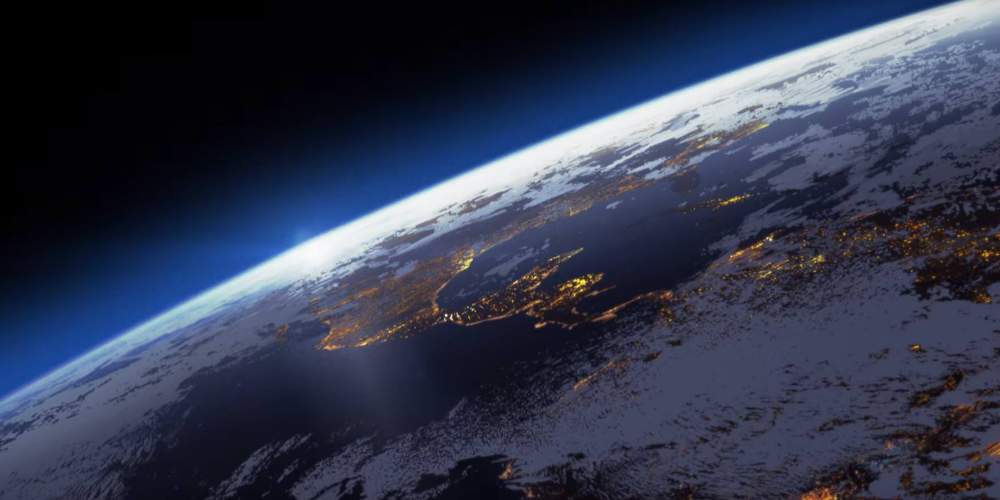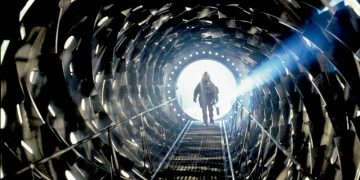One of the most appealing aspects of science fiction is how the genre allows the storyteller to reimagine society and the world in any way they see fit to suit their particular narrative.
As human beings, Earth is our home. It's the only home we've ever had. That means when a version of Earth that we've never seen before comes along, one that shows it in a vastly different way than what we know it to be, we feel a striking resonance with what could be.
And the best thing about sci-fi cinema is that the possibilities are endless. Post-apocalyptic Earth is one that's been done many times, but each version is unique in its own way. More than that, there are other Earths we've seen that haven't been blighted by destruction.
Here are our picks for the most unique Earths featured in sci-fi movies and why they stand out from the rest.
7. Looper (2012)
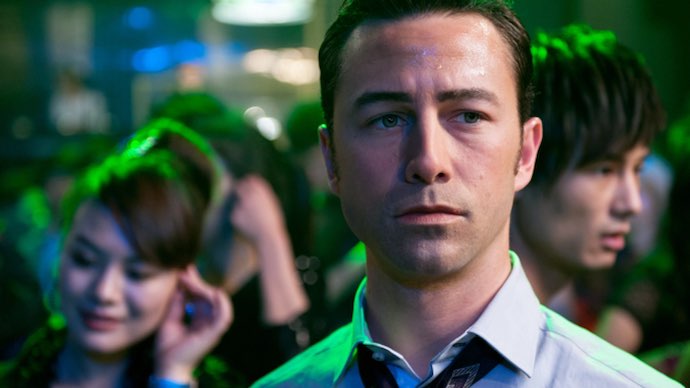
In a world that's similar to the Earth of today but set in the very-near future, a select few people are aware that time travel will come to exist in the immediate future—and gangs use this knowledge to send people back in time to be executed.
What makes Looper's Earth visually distinctive is how it feels edgy and abandoned by any semblance of harmonious civility, despite the fact that some parts of the world we know today still exist.
In imaginative terms, Rian Johnson's vision for the world of Looper takes place in a kind of half-dystopian wreckage, a place that hasn't yet turned full Blade Runner but is certainly on that path.
6. Back to the Future Part II (1989)
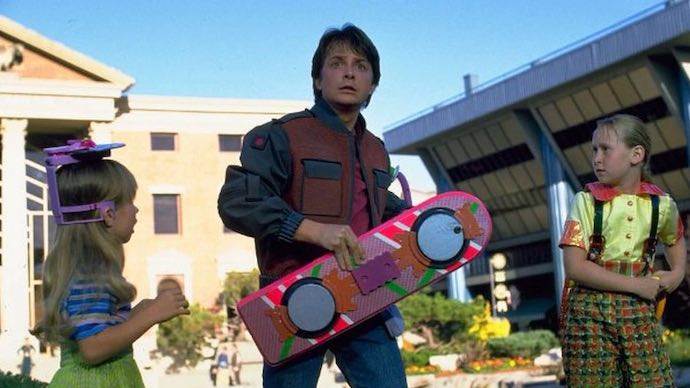
When Marty McFly and Doc Brown head forward in time to sort out Marty's children, they find themselves in the futuristic Hill Valley, which has mechanical body parts and hoverboards.
Throughout the Back to the Future franchise, we've visited the different versions of Hill Valley: the mid-1980s, the 21st century, and the 1800s, each showing variations of that single location across multiple eras.
Through that, we get to know Hill Valley over a period of more than 100 years, and that's why the world of the future in Back to the Future Part II looks so fun.
That version of Hill Valley gives us a version of Earth that has all the things we've ever wanted from the future: hoverboards, self-lacing sneakers, flash pizza, and multiple TV screens to watch at once. (As it turns out, that last one isn't as cool as it looked in the film.)
5. Doctor Strange in the Multiverse of Madness (2022)
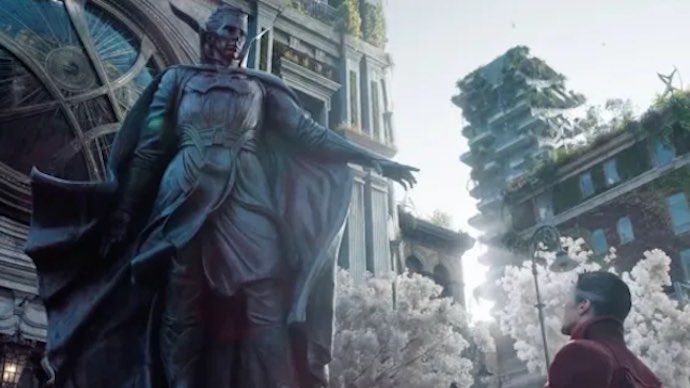
When Marvel first officially announced the title, fans knew that Doctor Strange would be going across barriers to all new worlds that contained different versions of the MCU heroes they've come to love.
When Doctor Strange must escape Wanda's terror by pushing America Chavez through the portal, they find themselves in the Earth-838 dimension—a place of harmonious life and the Illuminati.
The version of Earth prominent in the film looks like a utopia, with free food and Wanda happily with her children. It feels like a place we'd all like to see for ourselves, and why the appeal for Earth-838 is so strong.
4. Mad Max: Fury Road (2015)
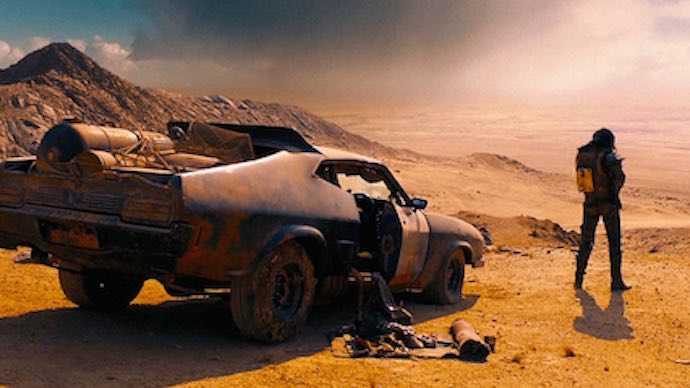
What does the world look like after it ends? Well, Mad Max: Fury Road has a good idea, showcasing roving gangs who follow a cult leader and a protagonist who has condemned himself to the vast desert.
It's that vast desert that the film puts forward as the world that replaces our own. Our green hills and forests are wiped away by mountains of salt and poisoned water due to radiation from nuclear fallout.
George Miller's vision for the aftermath of Earth has become a colloquialism in modern times, something barren and devoid of much life. Such is the image that he potently crafts on the big screen.
3. Interstellar (2014)
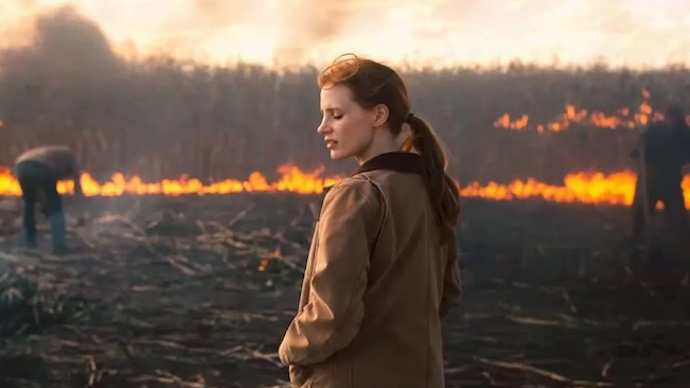
What does the world look like before it dies? That's the question posed by Christopher Nolan in Interstellar, which features a team of last-gasp astronauts attempting to find a new home for humanity.
His vision of Earth looks dusty, rustic, and a place where everybody has become bereft of hope. They're forced to grow accustomed to the toxicity of the atmosphere and how it's slowly killing mankind.
That image of our dying green-and-blue Earth strikes hard because it paints a future that feels realistic, something that could very well be our fate as a species. The visceral moments crafted by Nolan, showing us our world that's terminally plagued, are truly horrifying.
2. Planet of the Apes (1968)
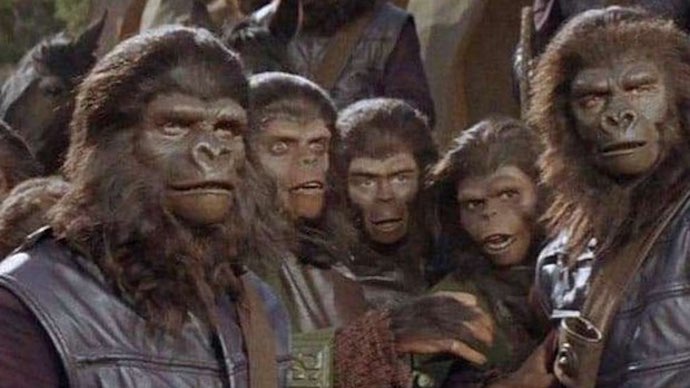
The twist at the climax of Planet of the Apes sees Charlton Heston realize that he's not on a strange world inhabited by apes; rather, he's on Earth after humans were overrun by the dominating apes.
In retrospect, after you know that this planet is our homeworld, the world does look and feel like Earth. But the population of apes and their effects make it unrecognizable as our own, as if our minds can't comprehend the concept of us not being present.
It's a bold example of species replacement and the confusion that comes with accepting the end of mankind, which is why the movie is so evocative. We don't like to think that we're so fungible.
1. Blade Runner (1982)
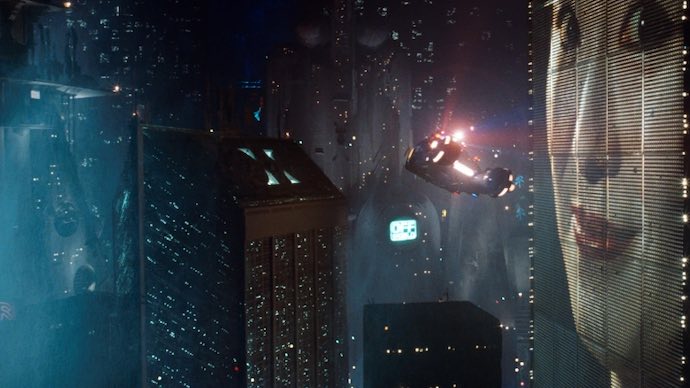
The city of Los Angeles, drenched in a seemingly eternal rain, all while one detective goes about his job in tracking down and killing Replicants.
It's a world that was first described by Philip K. Dick in his original story Do Androids Dream of Electric Sheep?, but seeing it come to life in Ridley Scott's Blade Runner is an experience unlike any other.
Through the visuals, we can feel the overcrowding, the rain, the devastation of a world evolved beyond our thoughts to become a place where humans have to escape from to reach the off-world colonies.
In Denis Villeneuve's sequel, Blade Runner 2049, we find the story continues in the dour world that Scott introduced to us. It's a place inhabited by the last remnants of a society split by human advancement.
Of course, the future that Scott envisioned in the original film hasn't yet come to pass, but the image remains a cinematic staple—a version of Earth that's frightening to imagine living in.
